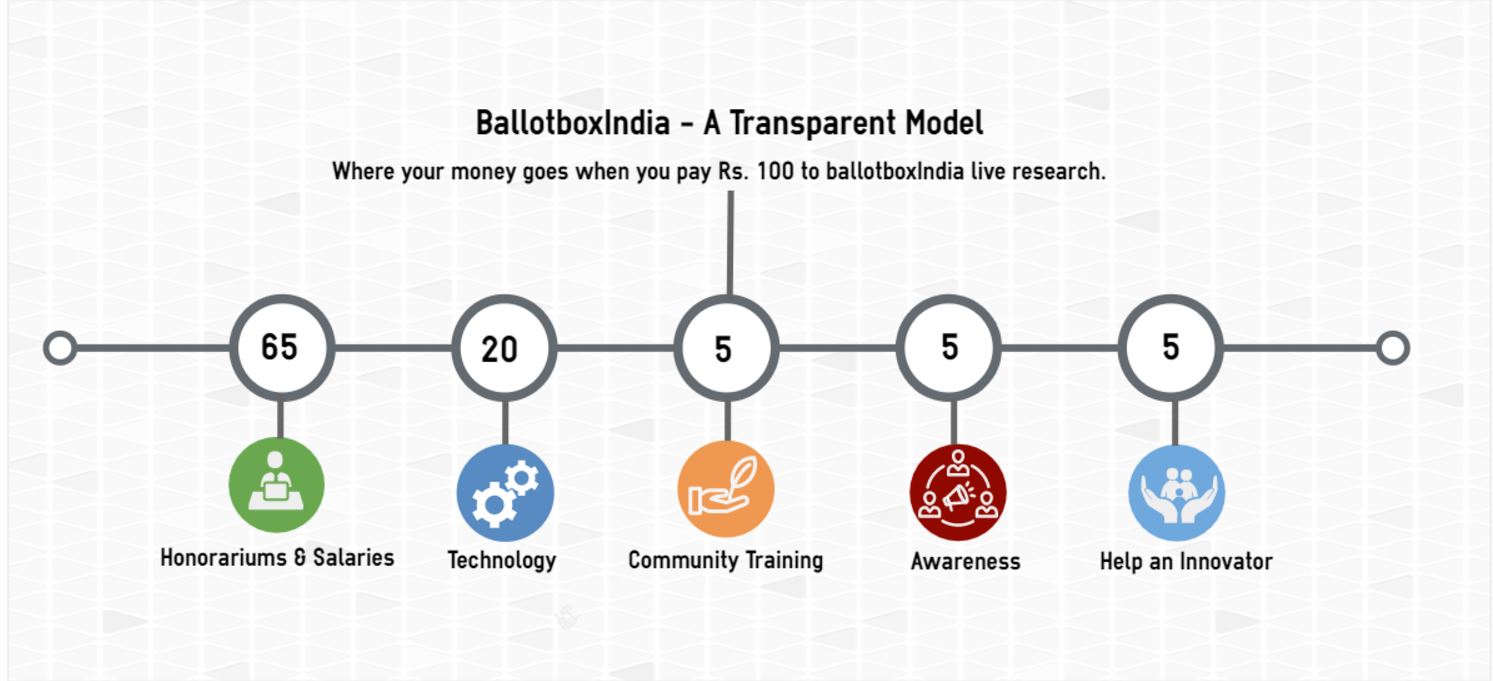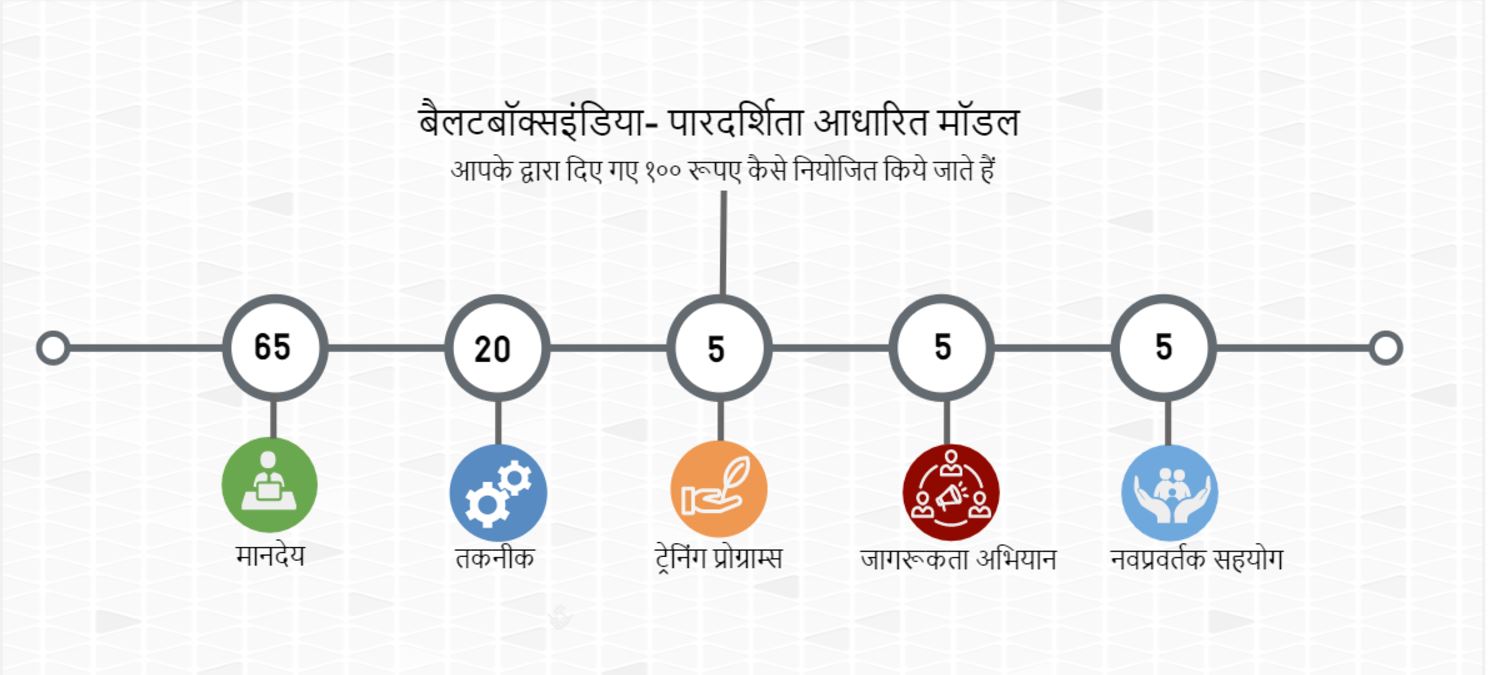The food habits of Indians are in question today. The accelerated growth in the past two decades has changed the consumption pattern of the Indians. Notwithstanding- there are differences in the Urban & rural patterns.
There are improvements on Quantitative & qualitative terms and a gradual reduction in nutritional deficiencies. It also brings about changes in the production, processing, distribution and marketing of food. Diets evolve over time and are influenced by factors such as income, prices, individual preferences and beliefs, cultural traditions, as well as geographical, environmental, social and economic factors.
This evolution also gets disrupted by many factors. Wars, socio cultural disruption, economic recession etc could be among those. But the onus to ensure quality & wholesome food remains on the Government.
Food security bill- can it deliver quality?
Indian government is striving to provide food security to all its citizens through various policies and programs. The recently enacted National Food Security Act is the most important one in this direction, which aims to give adequate quantities of cheap cereals (predominantly wheat and rice) to the most vulnerable segment of rural and urban population. Although this effort is laudable, food strategies must not merely be directed at ensuring just food security for all, but must also address providing adequate, nutritious, safe and good quality food- That would address the makeup of a healthy diet.
The NSO statistics shows that despite rapid economic growth during the past decades, India’s average per capita calorie and protein intake has grown only modestly, although the per capita fat consumption has registered a higher growth. Calorie and protein source in the Indian diet is diversifying with fruit/vegetable and animal-based food share increasing and cereal and pulses declining.
The implication is that the implementation of the cereal-based National Food Security Act will have only a limited impact in achieving the goal of providing nutritional security to the vulnerable section of the population. There is need to include higher protein food such as pulses or protein-enriched cereals or cereal flours in the program. It is worth mentioning that at present India is exporting a major share of its high protein soybean meal while the country is facing a protein-deficiency. Technology to incorporate soybean products in the diet should be encouraged.
So, what are my options for Protein?
The current steep rise in Pulses prices are a matter of big concern. There is roughly a 12% decline in Pulses production in 2014-15, whereas the prices have shot up by almost 100%. This clearly indicates the trend of hoarding the stocks and leveraging them for bigger profits. India remains the biggest producer and biggest consumer of pulses. In fact ‘Chawal daal’ our staple diet is the most prolific source of Carbs + Protein for the masses. Data suggests that pulses consumption peaked in the late eighties and is on a decline since then.
Despite being a largely vegetarian nation, the animal protein consumption has risen considerably. En exponential growth in poultry products has been observed, indicating the wide reach & effectiveness of our Poultry farming.
Beef controversy- making mutton nonviable.
The mutton & fish consumption is generally on decline particularly in the rural India. Beef has had the ability to offset the mutton consumption; however the current controversy has put immense pressure on mutton prices. In Maharashtra retail mutton prices touch Rs 700 per kg these days. Beef sells at anything between Rs 150-200 per Kg, generally coming from non milch Buffaloes and remains a rich source of animal protein at affordable price, albeit the cultural issues. For poor non Hindus and farmers it should ideally remain a food choice. The economic impact of Beef production is substantial. One cannot always look at it through cultural lenses. Apart from many operational & occupational hazards, huge water consumption, the slaughter houses are facing monstrous cultural challenges. The beef export has earned mega bucks for India, now cry out for a mega make over & resolution of cultural challenges for once and forever.
With the rising level of income, per capita fat consumption is growing rapidly and the share of vegetable oil in the overall calorie intake is increasing necessitating large imports. Unless domestic production increases the import requirement will continue to grow with rising per capita income. India’s per capita calorie, protein, and fat consumption remains significantly below that of more developed countries such as China and the United States. The implication is that in coming years with rising per capita income and urbanization, India’s demand for various superior food products will continue to increase necessitating a possible change in the food production system and agricultural trade. The implications for the predominant small and marginal farmers could be serious, unless there are incentives and policies that allow them to shift from subsistence agriculture and become more integrated in the global food market.
Deliberations on the potential of the food and agriculture sector to meet the demands and challenges posed by this analysis and its implications for all components in the food chain would be useful.
 tag on profile.
tag on profile. का निशान देखें.
का निशान देखें.




